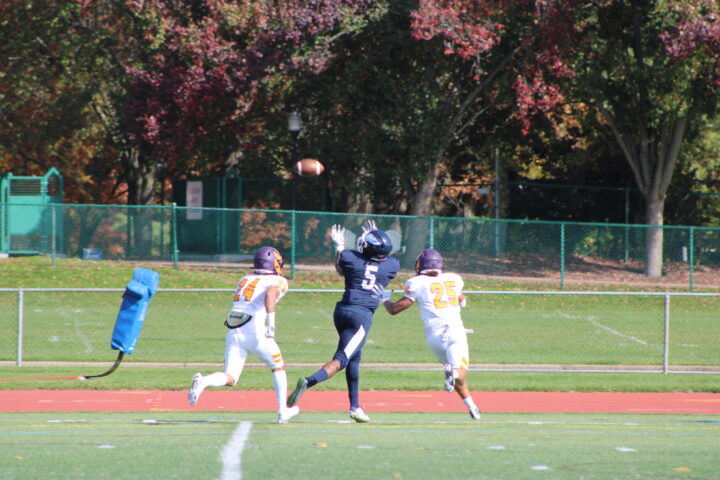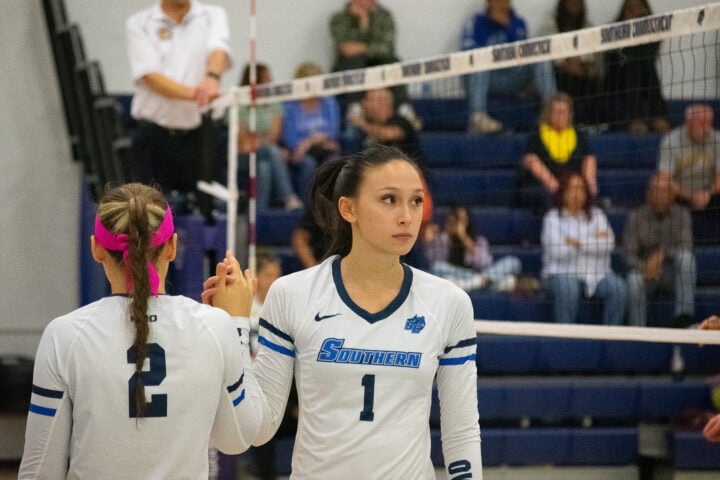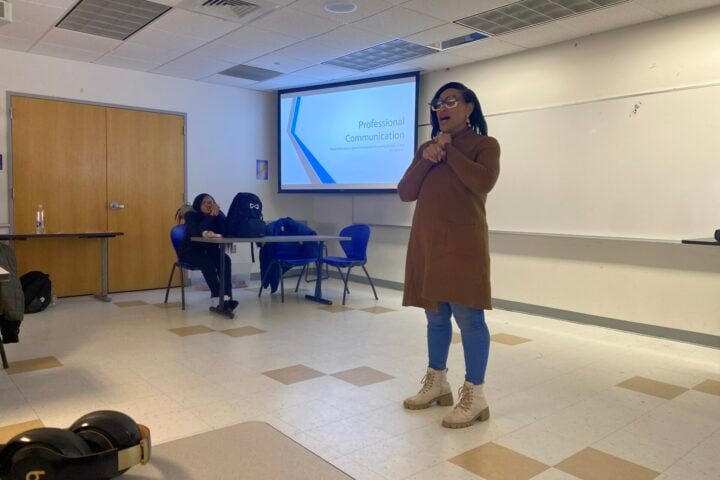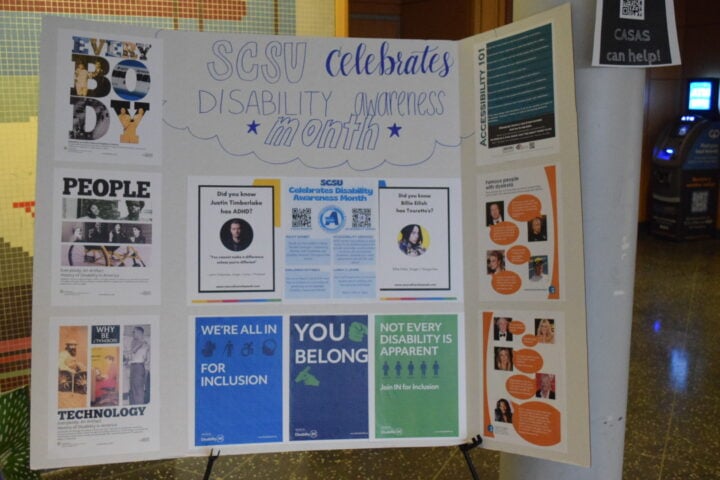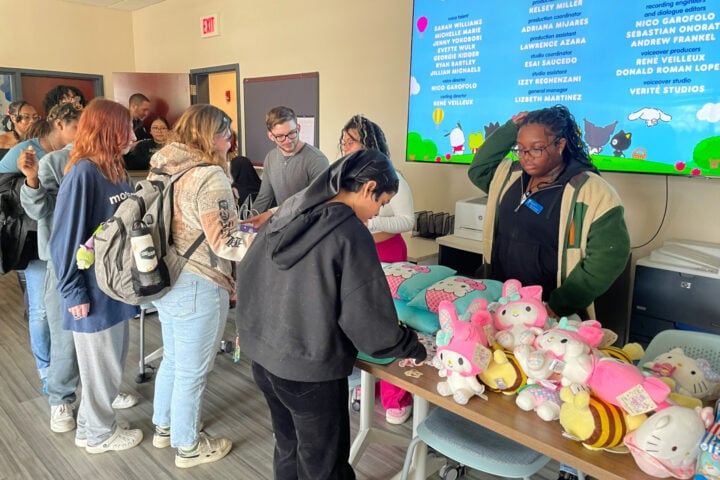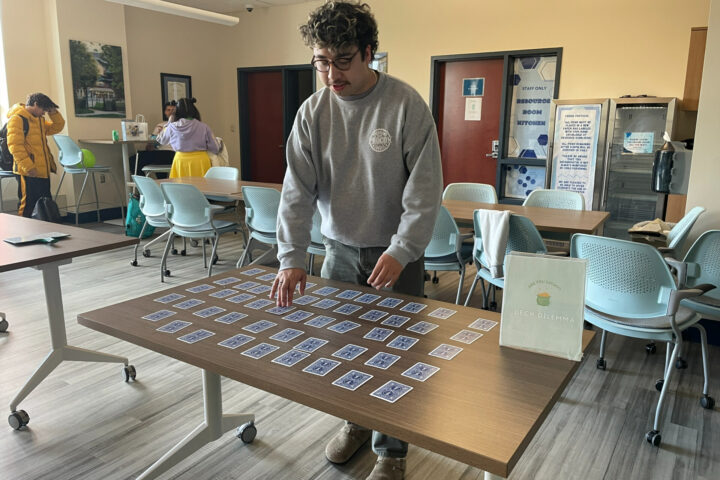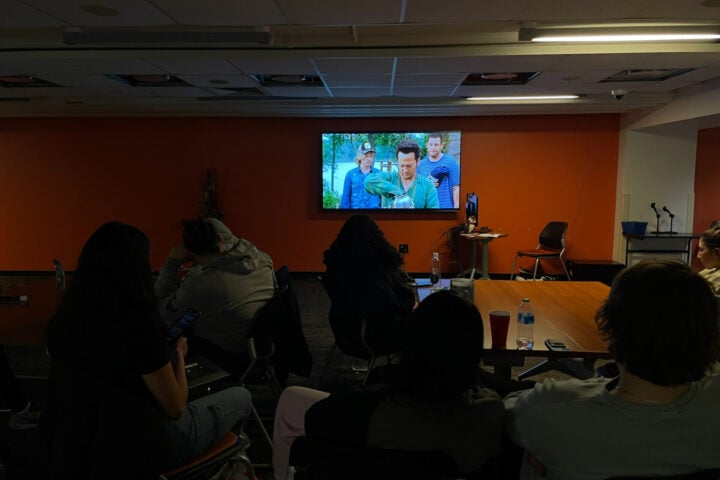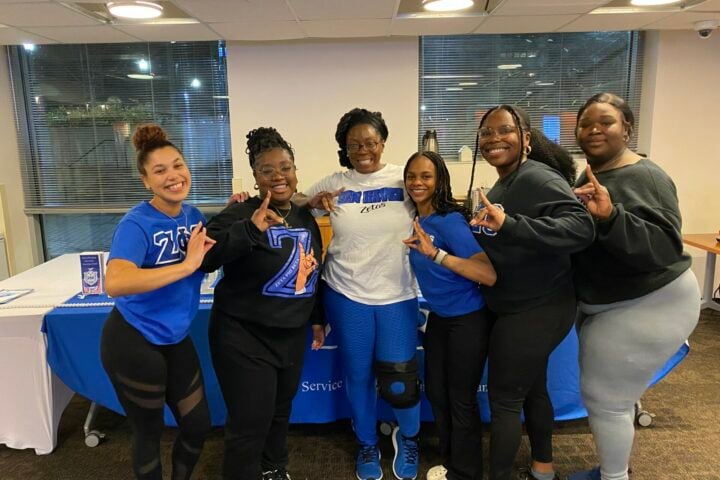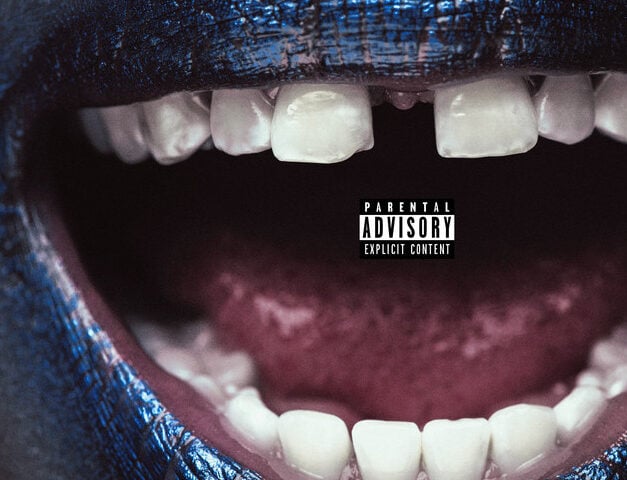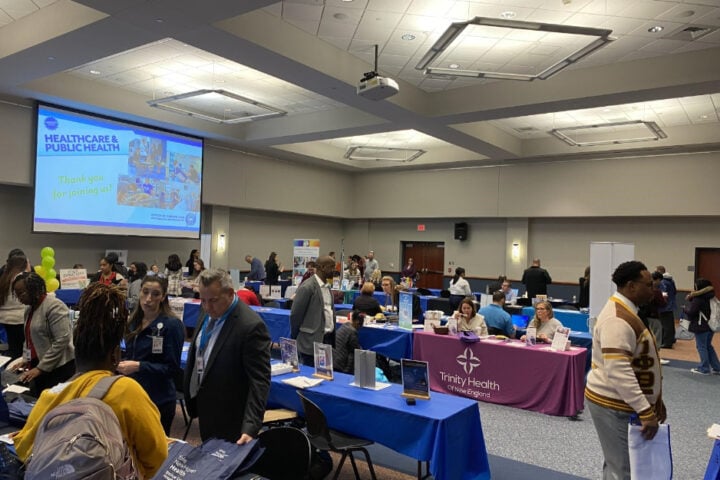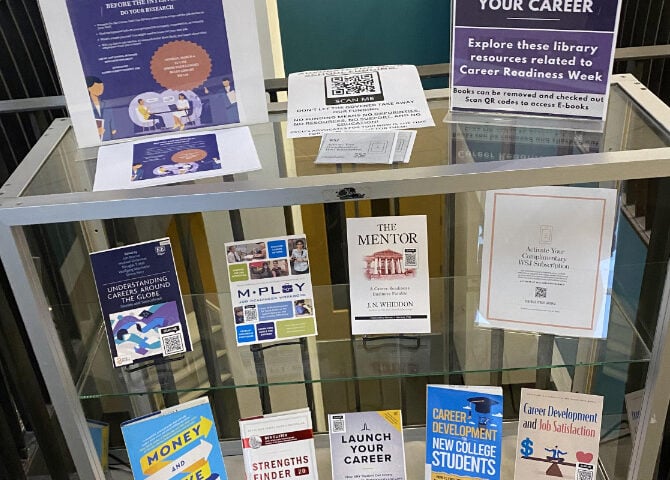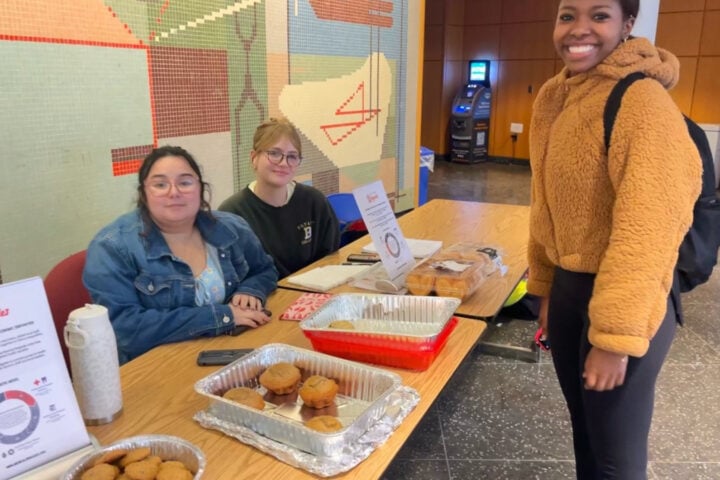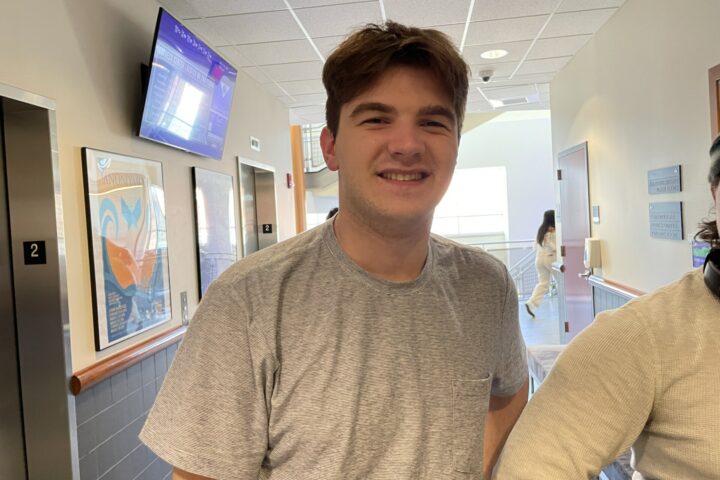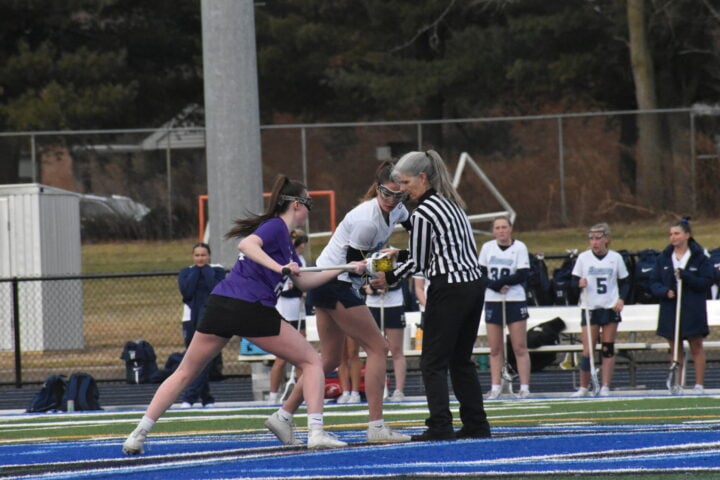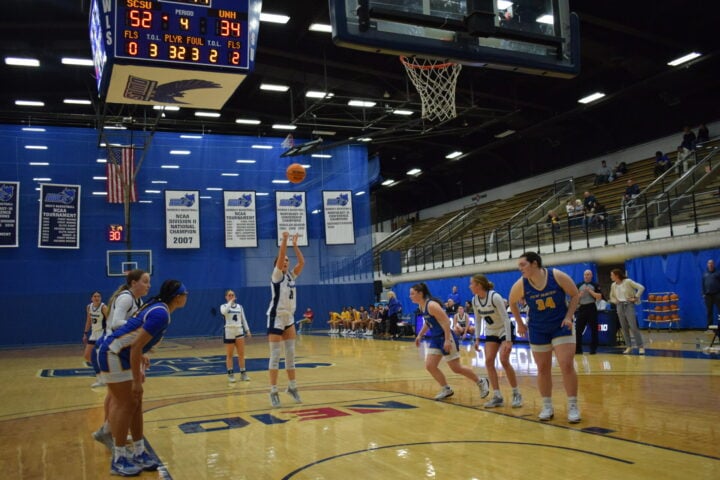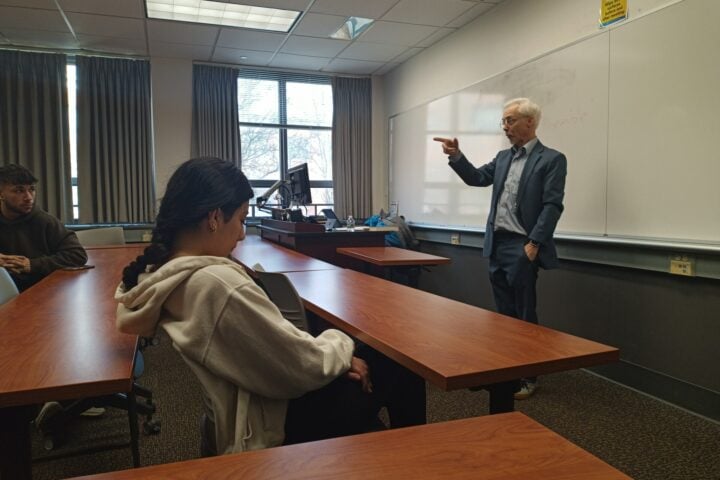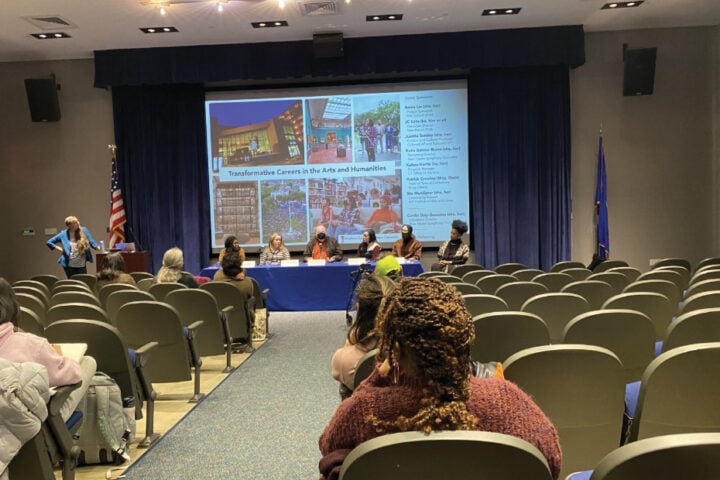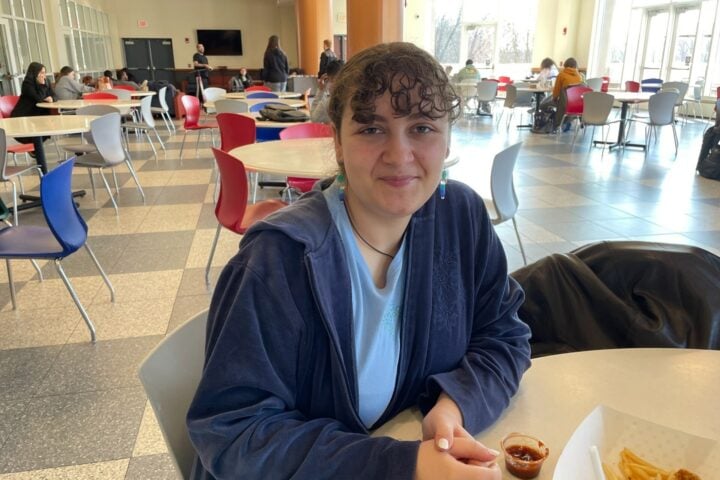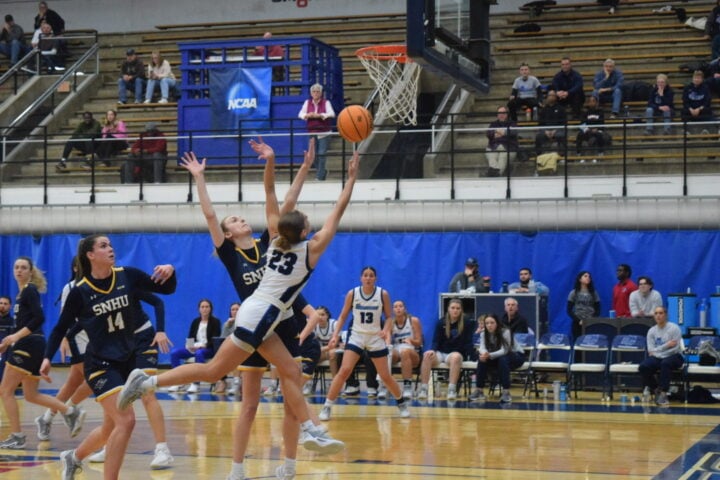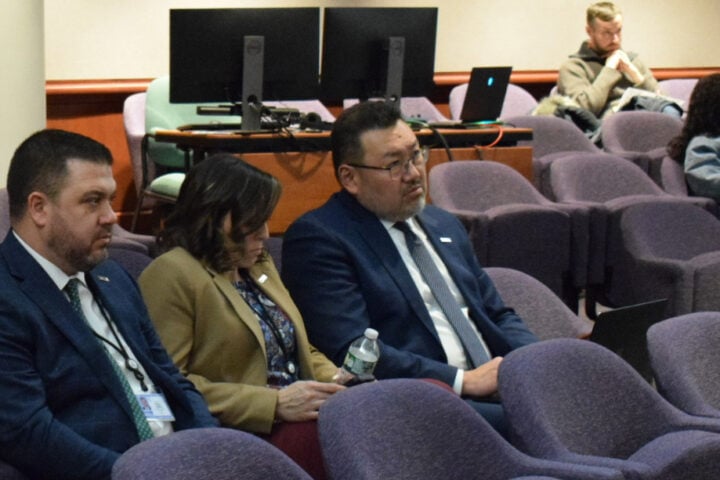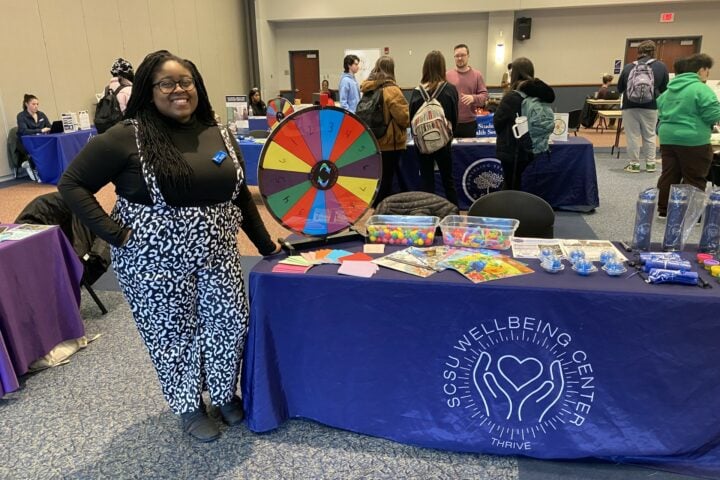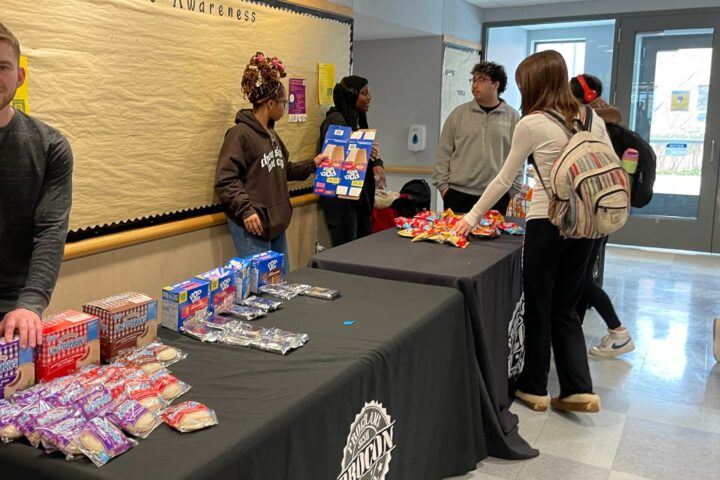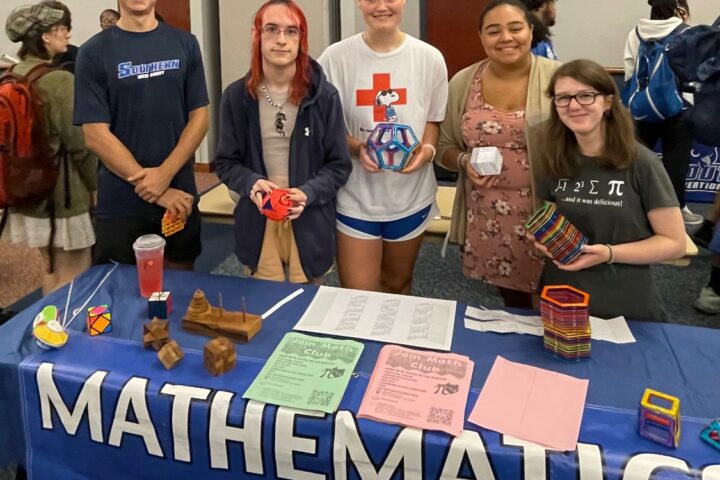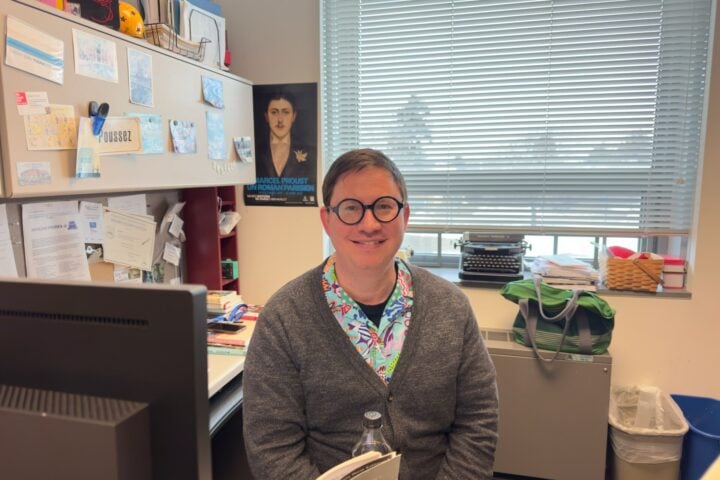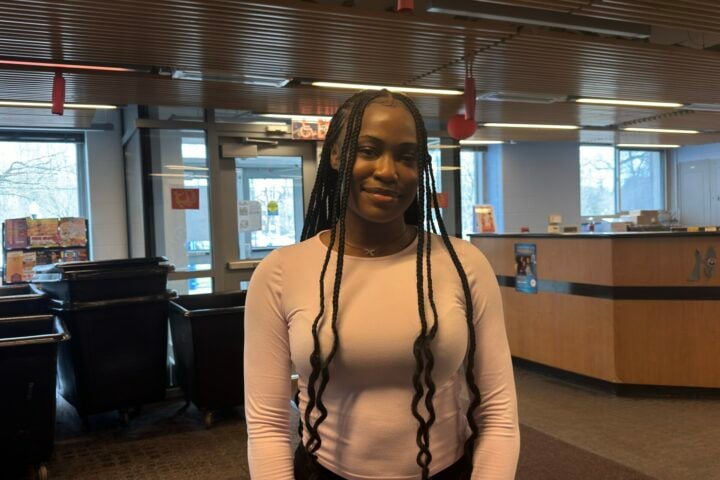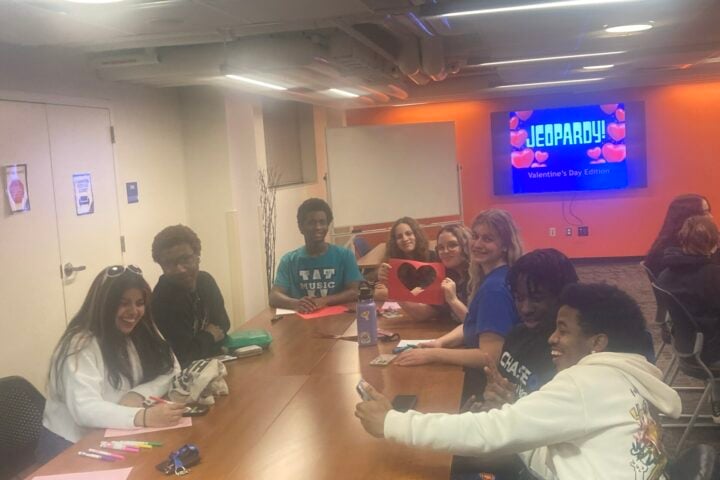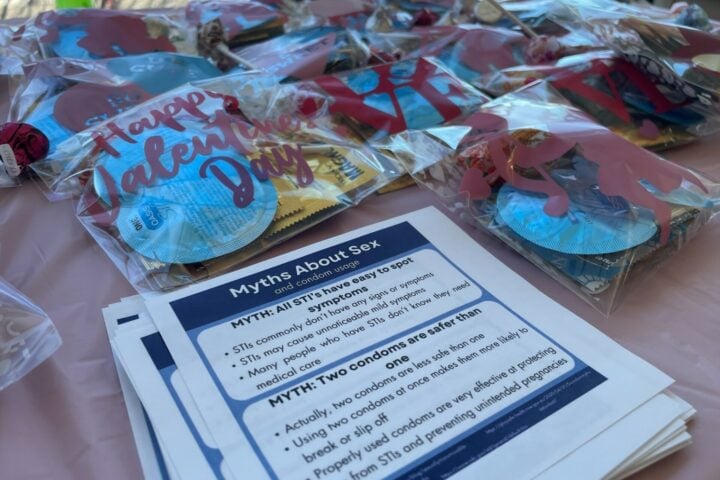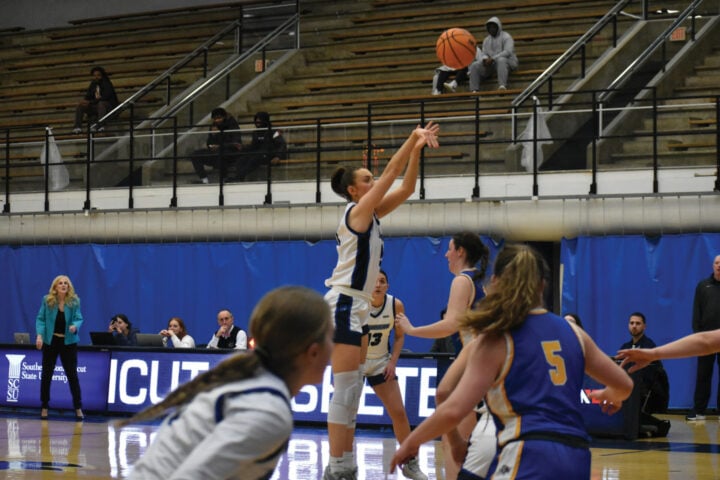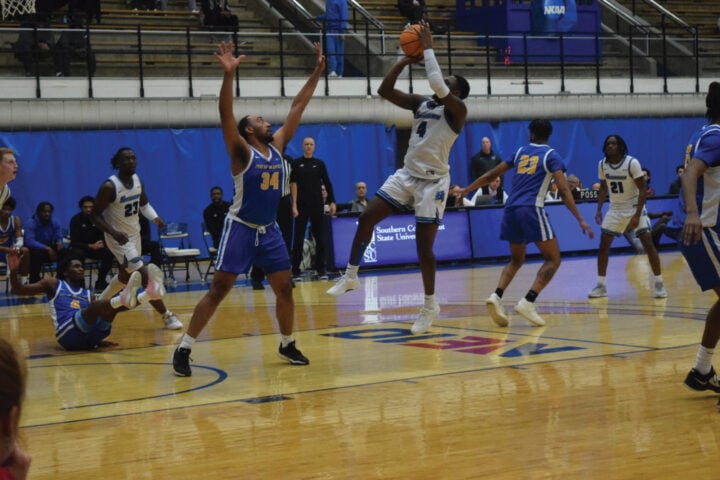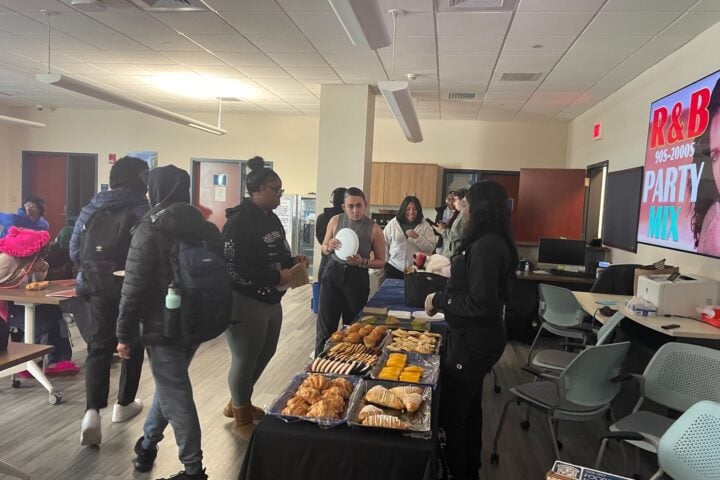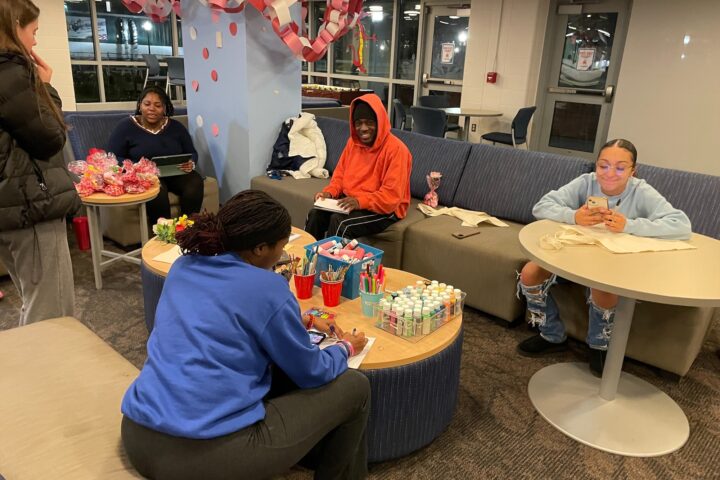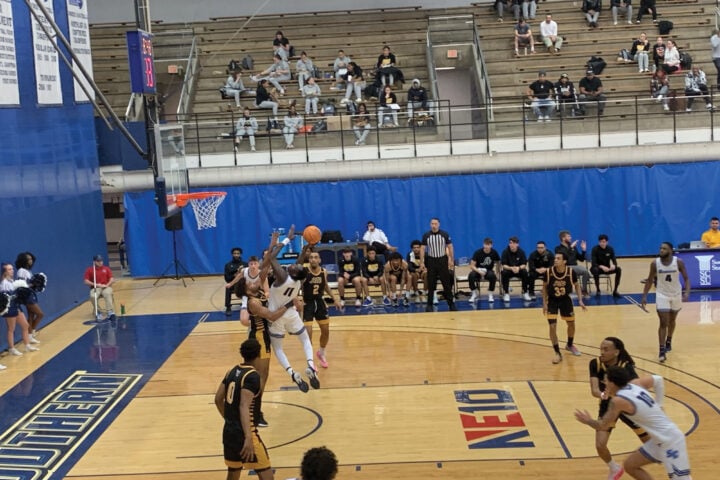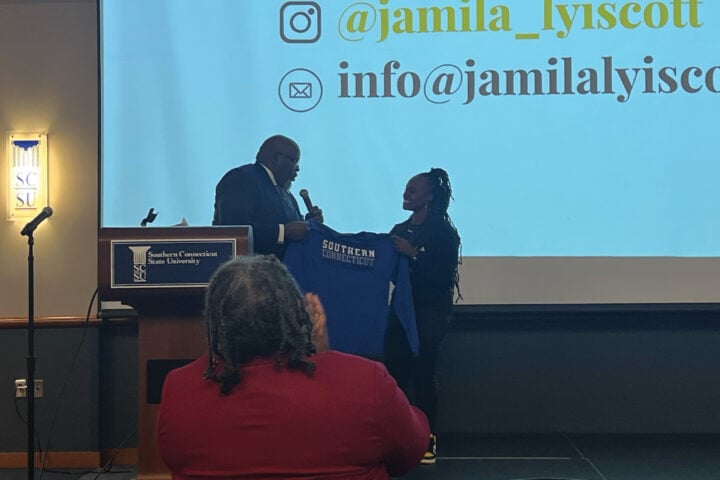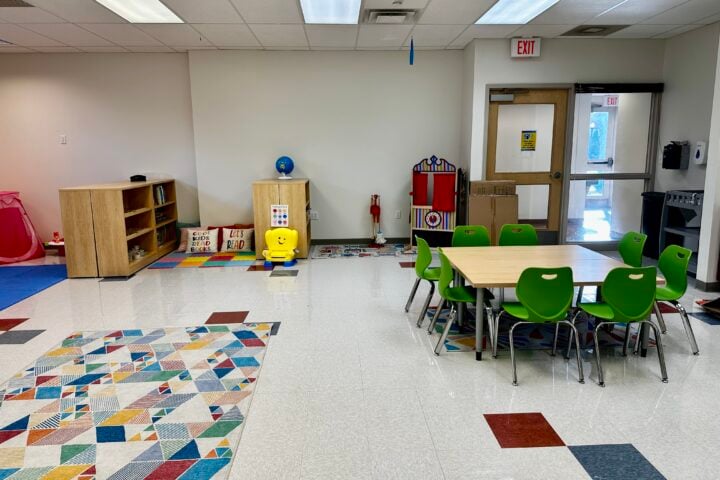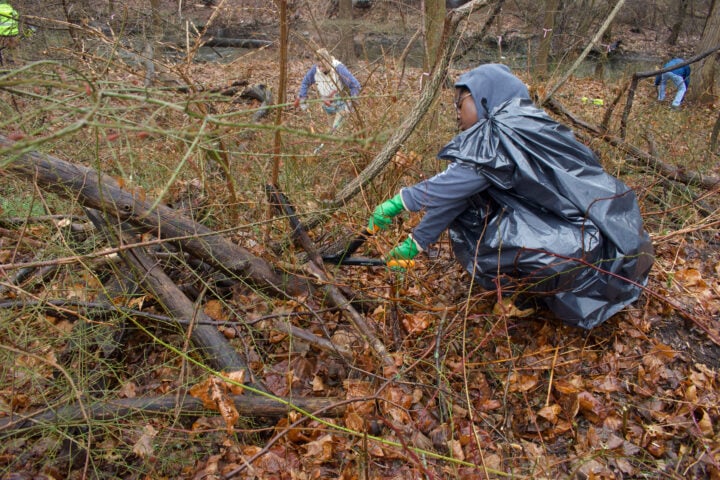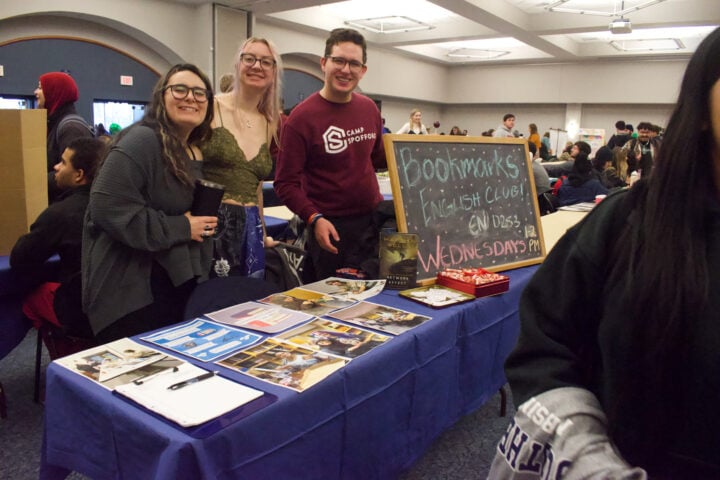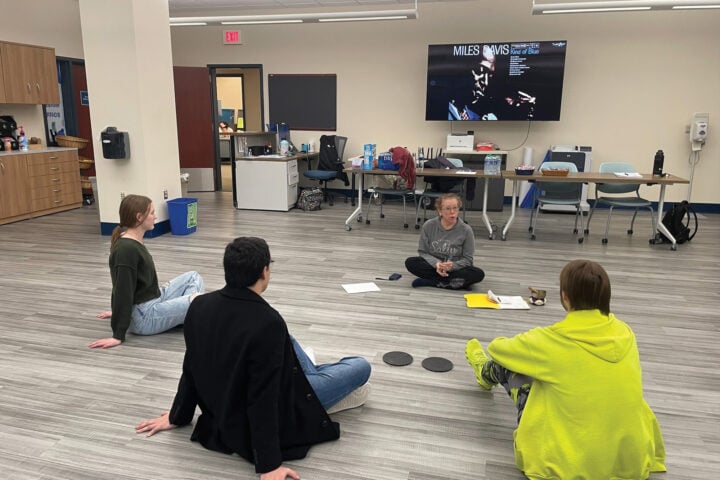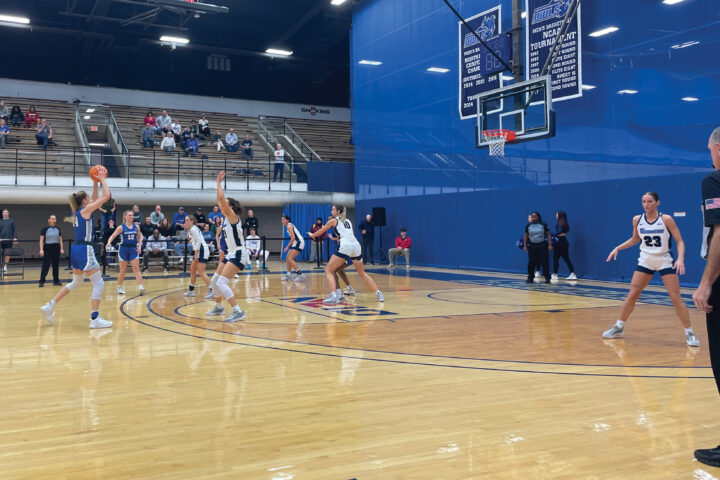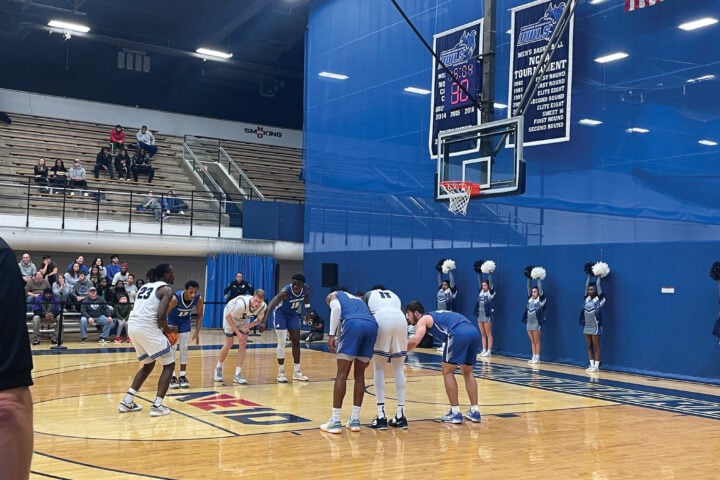Jessica Guerrucci – Editor-in-Chief
As the reopening process on campus continues, information has been shared with students through the university website. Now, the COVID-19 rates are also available.
“It basically has links to the four-point plan which the university put together,” said Patrick Dilger, director of Integrated Communications & Marketing. “All of the CSCU system were required to do that, also it’s a state public health department requirement.”
The dashboard, which became available on Sept. 7, shows the weekly results of any COVID-19 positives on campus, including the testing in the residence halls occurring twice a week and also self-reported cases from faculty, staff and commuters.
It also shows the percentage of quarantine and isolation rooms that are in use in the residence halls.
The website will be updated weekly, as five to 10 percent of the residential population will be tested.
According to Southern’s COVID-19 Coordinator, Erin Duff, the randomized asymptomatic testing combined with the symptomatic testing is a good starting point and will determine whether testing on campus needs to increase.
“Five to 10 percent is surveillance data that helps to inform us and should give us enough to determine whether we need to increase our testing,” said Duff.
According to Dilger, The Dean of Students office will be responsible for compiling the COVID-19 data.
To make sure all the information is accurate, Dilger said there is a team of contact tracers, who are coordinated by Emily Rosenthal, the director of the Wellness Center. The university has also partnered with Griffin Health.
While testing is only done on residential students, Dilger said there is an area of the reopening website where students who commute can self-report.
Duff said when the COVID-19 positivity rates are available each week, there are more factors that come into play than the rate alone that could be concerning.
“We have to take into account all the variables that would impact the community,” she said. “How many students were impacted by one positive case and have to go into quarantine – it could be a large amount or no impact at all. It really varies on each case.”
While transparency plays a role on behalf of the university, Duff said there is a need for privacy.
“We believe by having a dashboard on our website, this will help be as transparent as possible with our Southern community,” she said, “but we also want to be sure that we are protecting the privacy of our students and staff who could potentially be COVID-19 positive.”
The dashboard will give students a better picture of what the situation looks like on-campus, but Dilger said no one should be under the illusion that there are not going to be positive cases.
Political science major Kobe Wiggins, a senior, said it is important to him that the university shares the COVID-19 data because there is a risk being on campus and in the dorms.
“I think it’s really important for university to let the kids know at least what the rates are so they can just keep everyone safe,” said Wiggins.
As a transfer student, healthcare studies major Talisa Barnes, a sophomore, said she is still new to how campus operates, and seeing the university be transparent about COVID-19 makes people feel safe.
“Since it’s such a huge thing, a global pandemic, it’s very important to let people know and be transparent because students do go here,” she said, “and we still have on-ground classes so it’s important to let those people be notified.”
Graphic Design major Tom DeFranco, a senior, said there has been speculation from his professors about when the university will shift fully online again, so he was interested to see what the data says.
He said everyone on campus is already on edge, and they should have an understanding about what the current situation is on campus.
“It’s not immediately visible when you walk out on campus,” said DeFranco, “like who has symptoms and who doesn’t, so [the dashboard] is a good way of measuring it.”
Ultimately, Dilger said between the website and mask usage, what it really comes down to is shared responsibility.
“This is so important,” he said. “A lot of our messaging and our signage and everything like that is encouraging that we’re all in this together.”
Photo credit: Jessica Guerrucci

